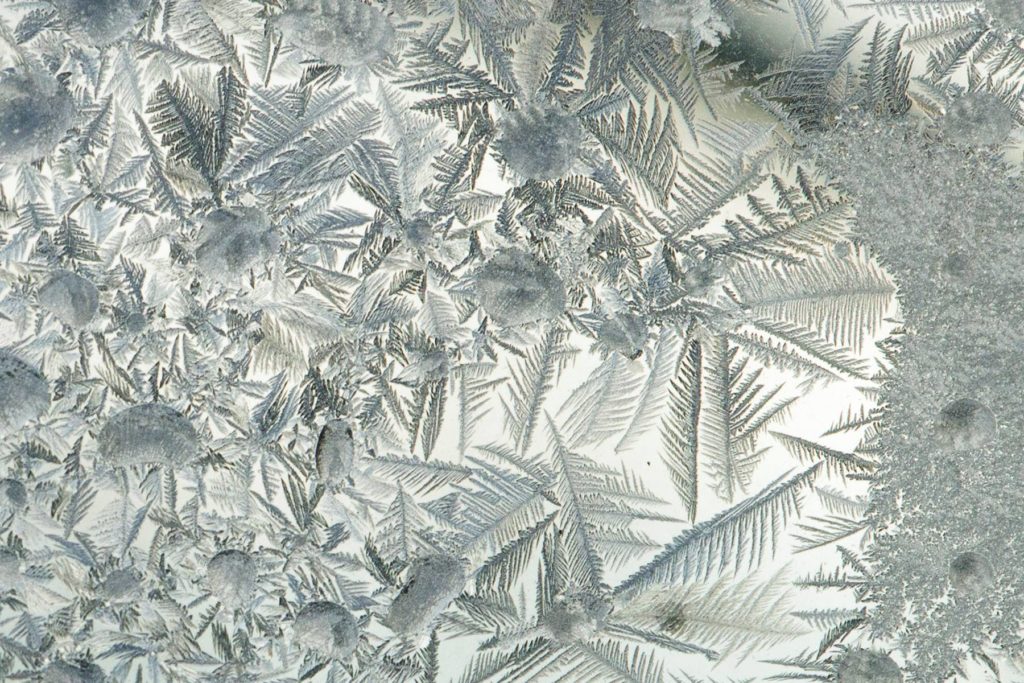Written by Jennifer Klein, Land Management Coordinator
Even though I’ve spent most of my life in Wisconsin, I am not a fan of cold weather. I take a long time to acclimate when putting on extra layers and venturing out in ice, snow, and cold winds. I welcomed the late arrival of winter this year, at the same time knowing it would come eventually and that our wildlife and plants needed it to come. Seeds we laid down in the fall need to be cold-stratified (they need to spend some time being cold in order to germinate in the spring). They also need periods of freezing and thawing in order to work their way down into the soil. Wildlife need to hibernate or go into torpor at this time of year when food is scarce. Snow cover helps insulate the ground from frost. Wildlife and plants in our area have been surviving our winters for many generations and are pretty good at it.
There is another benefit to the extreme cold we recently experienced. While we scrambled to stock our food shelves, arranged care for children staying home from school, kept domesticated animals warm, and made sure our cars would start, wildlife also needed to figure out how to survive. Native mammals, insects, and other creatures didn’t have to change too much to accomplish this. Fortunately, non-native species are not suited for this harsh climate.
U.S. Forest Service research biologist Rob Venette and other researchers have found that temperatures of -20oF and colder can have a devastating effect on the local emerald ash borer population. According to their research, these temperatures can reduce the population by half or more. This is good news for anyone trying to save an ash tree. For Woodland Dunes, it may mean we have a little more time for trees and shrubs we are planting now to establish themselves in the forests before we lose our ash trees to this devastating insect. According to the Wisconsin DNR, however, the surviving ash borer larvae may be those that are more cold tolerant, and their offspring may be that way also. It will be interesting to watch this interaction over time.
So, while I took some time to adjust and come to the realization that I need the cold of winter to truly appreciate the warmth of summer, I will embrace whatever winter throws at us. I will go out and enjoy the beauty of the snowflakes, the artwork in the frost, and the marvel of animals able to live outside in it. Knowing that it may also be helping us battle invasive species makes all the more special.
photo of frost on window pane by Nancy Nabak

